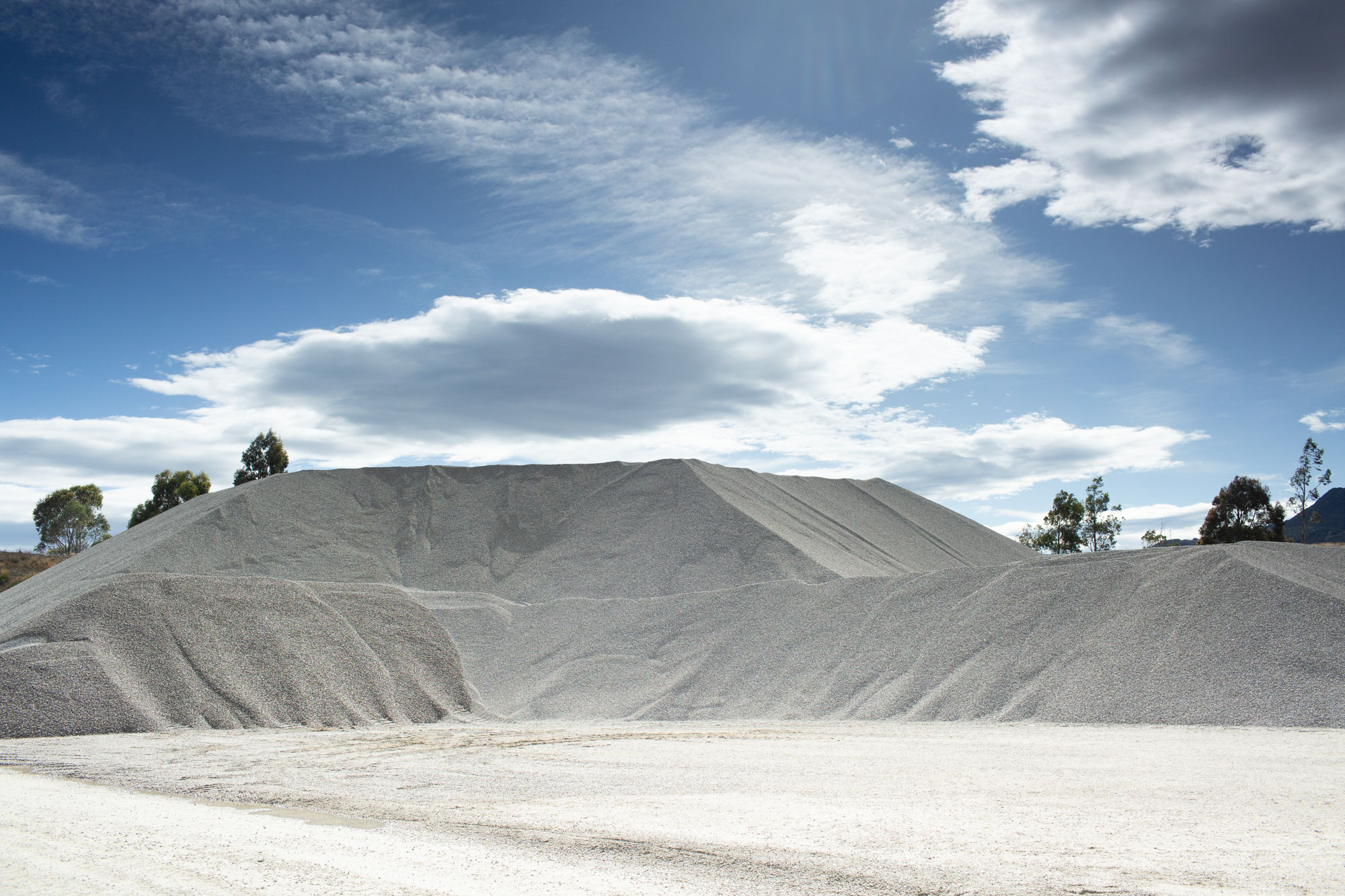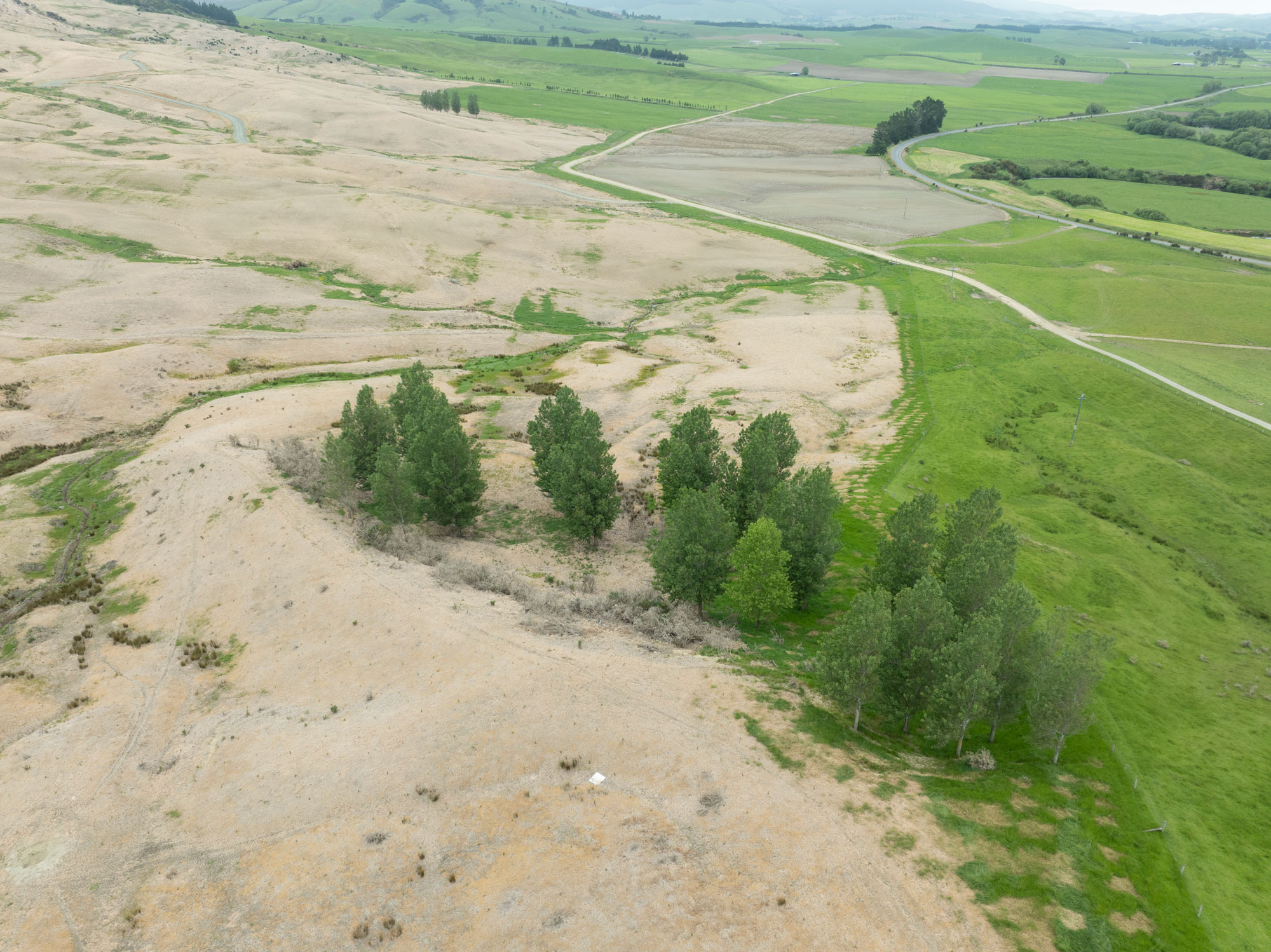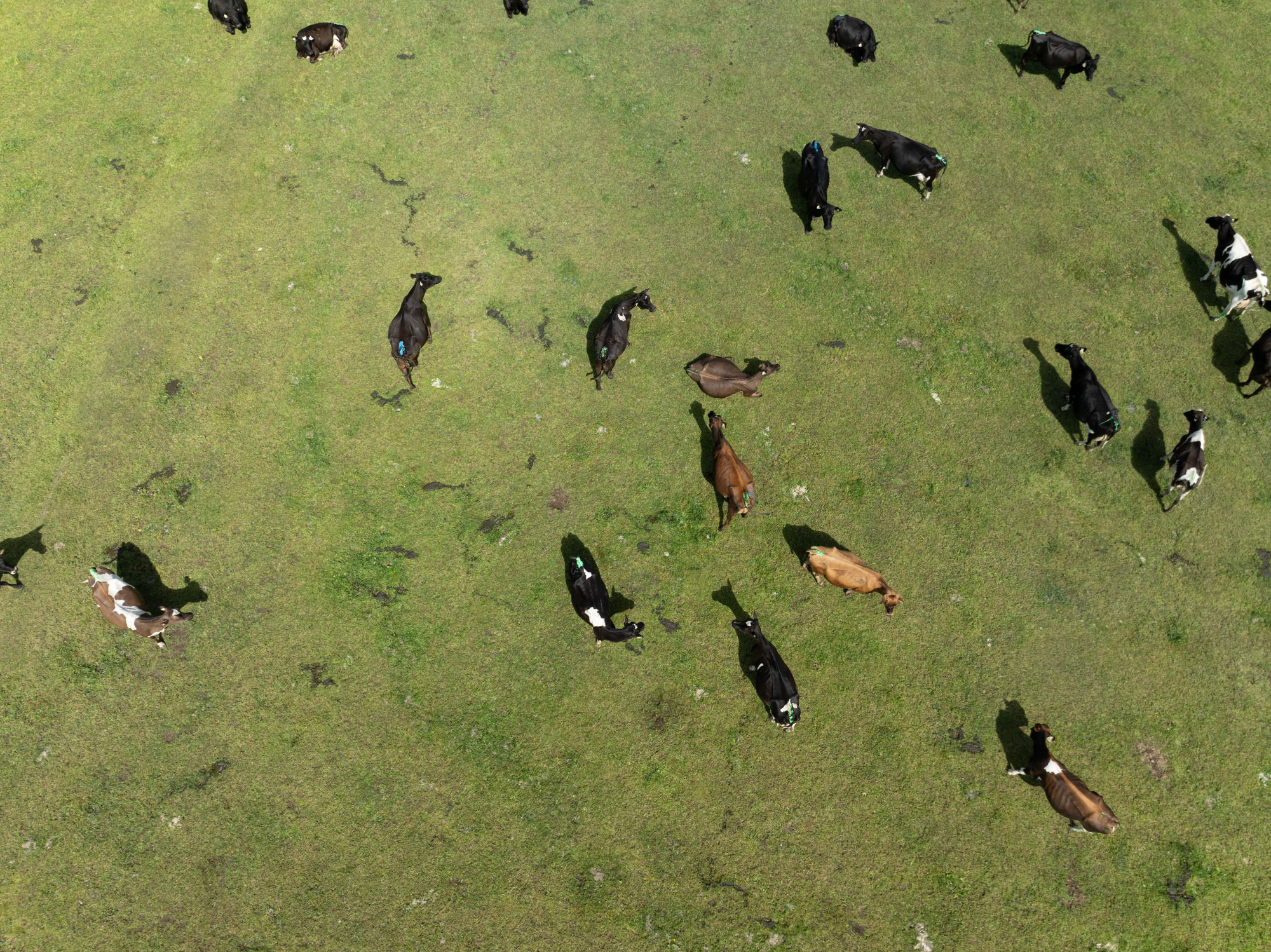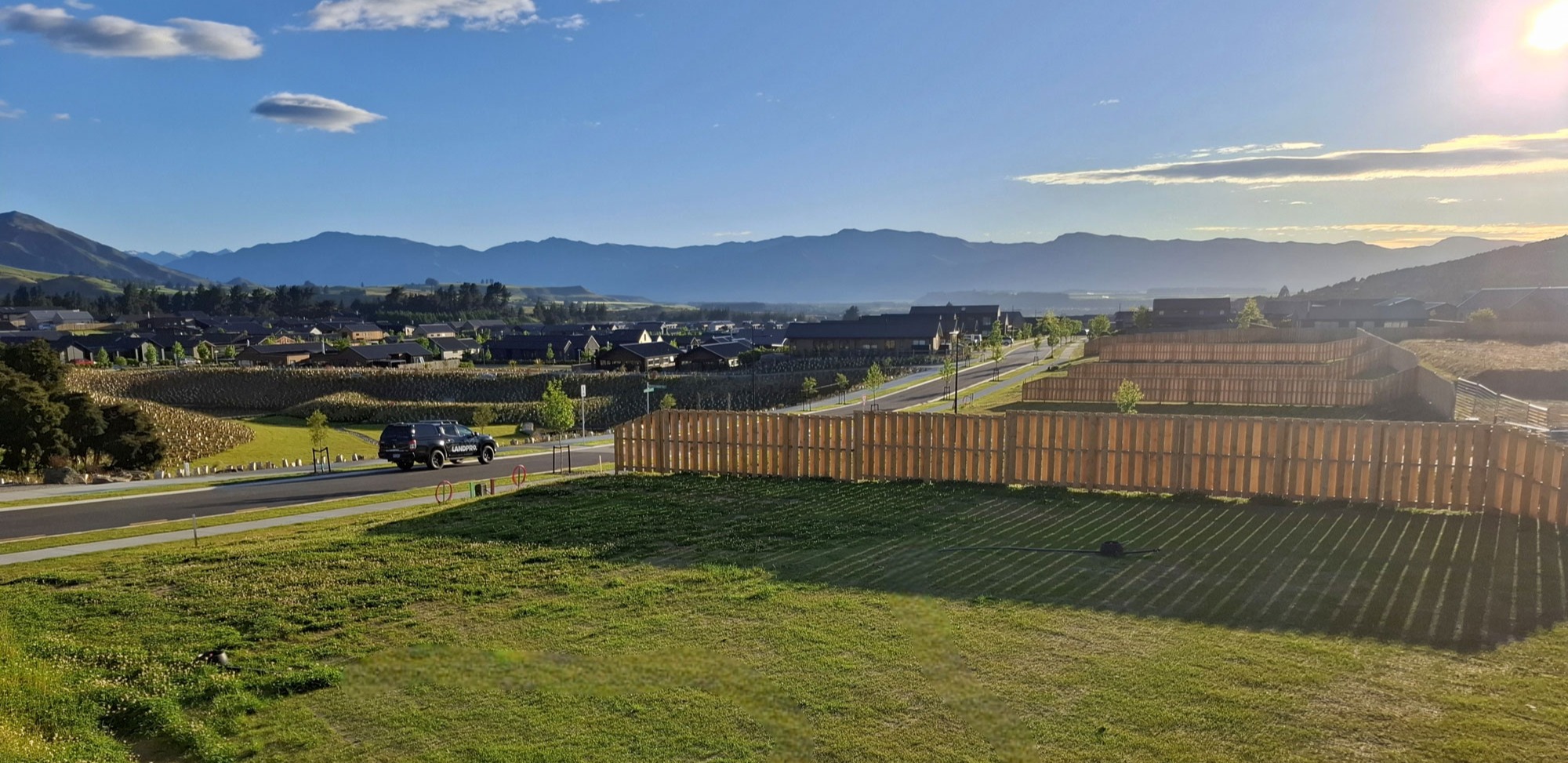Fraser Dam
Delivering smart water management for energy, environment, and recreation.
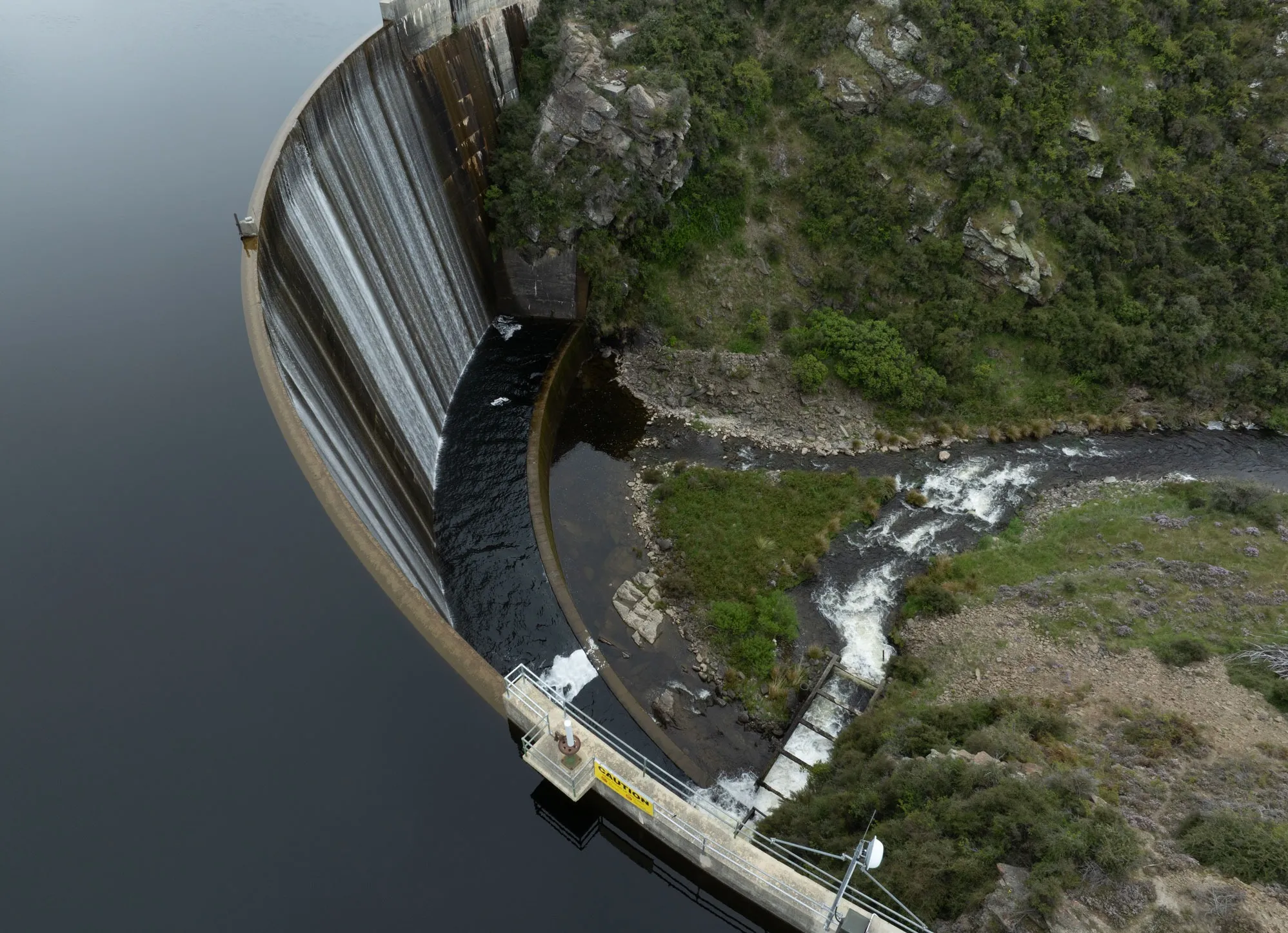
Securing Consent for Fraser Dam Operations.
The Fraser Dam Company held a suite of antiquated water permits that originally started their life as gold mining privileges. Pioneer Energy, as the Dam operator, were seeking to replace the deemed permit authorising water storage for irrigation purposes with a new consent to discharge water to water for downstream hydro electricity generation.
This activity requires Pioneer to withhold and alter flows in the Fraser River based on electricity demand. The dam itself at 32m high and 172m long is capable of impounding 5 million cubic metres of water.

Without this consent the future of the Dam would become a significant issue with a potential threat of removal, resulting in significant loss of electricity (around 4000 homes equivalent) along with the removal of a significant recreation area that the lake effectively delivers, not to mention a significant environmental and financial cost to undertake such a project.
Landpro’s wide range of experience and capability ensured that Pioneer had effectively one point of contact through the consenting process including hydrology, dam structural integrity reporting and failure analysis modelling along with environmental planning to address concerns from Fish and Game around Trout spawning and resulting arguments and mitigations as well as managing the ecology partnership.

A critical factor in the consent application was understanding, regulating, and predicting base rate flows and then measuring and mitigating residual flows. The Landpro in house hydrology team created a model based on measuring flows at different release levels so we could gauge different heights in the river used to calculate the residual outflows.
The future complexity this case study highlights arose as the ORC went through plan change 7 process and imposed a six-year consent term to allow the ORC time to create a new land and water plan eventually meaning that the old permits would then be processed under a more fit for purpose future plan. As we enter the first half of 2028 there will be hundreds, of six-year consents, all up for renewal all at the same time which has major implications for fresh water in Central Otago but also on the ability to simply process this volume and bottleneck of consents.
So, if you are reading this case study and have a water permit or consent due for renewal in 2028 we suggest you contact us now and lodge the application early. You will need strong arguments as to why you should be allowed to keep the amount of water you have on your current consent as that historic volume will be under significant scrutiny.
